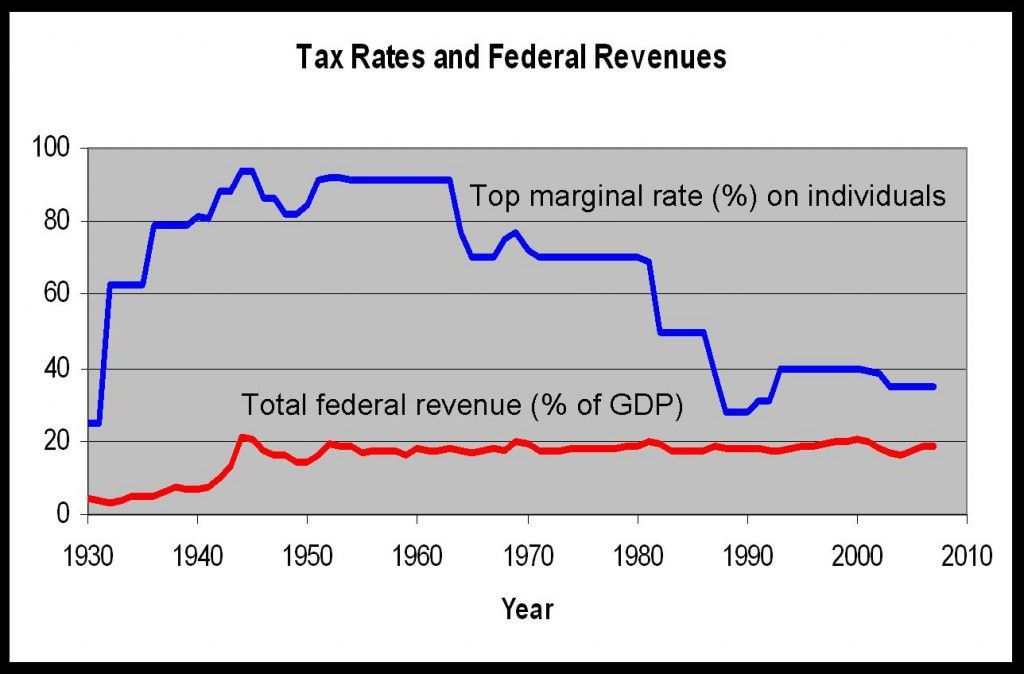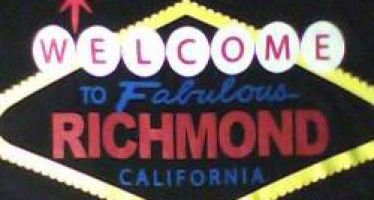Hiltzik ignores massive debt
By John Seiler
Los Angeles Times business writer Michael Hiltzik is an excellent reporter. But when he gets to policy, his leftist perspective comes to the fore. That can be seen in today’s article on Paul Ryan’s budget proposal. Ryan was just picked by Mitt Romney as the Republicans’ presidential nominee.
In any budget article, the first thing to look for is this: The $16 trillion — and counting — debt the U.S. government has run up. If that isn’t mentioned, then the article isn’t serious. That’s the equivalent of one year’s total U.S. GDP. Not mentioning the national debt is like a person discussing his family finances without mentioning that he’s run up credit card debt equal to yearly family income.
Hiltzik doesn’t mention the debt, nor the $1 trillion-plus additions to the debt from the continuing annual deficits. Instead, it’s all about how Ryan’s proposed cuts would hurt the middle class:
“The more insidious assault on the middle class comes from program cuts. Most of the commentary on Ryan’s budget has focused on his master plan for Medicare and Medicaid, both of which he would gut. But it’s a mistake to think the burden would be shouldered exclusively, or even chiefly, by the poor.”
The Romney-Ryan camp disputes that Ryan would “gut” these programs. And in any case, they are campaigning on Romney’s somewhat different plan because he’s on the top of the ticket, not Ryan’s plan.
Hiltzik also advances the canard that the Ryan Plan would increase taxes on the middle-class. Hiltzik bases his contention on calculations by “the nonpartisan Tax Policy Center” — really a left wing, high-tax group. But that’s not really in the plan. However, it is true that all these numbers, including Ryan’s and President Obama’s, have an air of unreality about them in light of the $16 trillion debt.
Hiltzik doesn’t note that what’s really going to “gut” the middle class — and in fact has for six years now — is interest rates that are kept artificially low by the Federal Reserve Board so the payments on the $16 trillion debt don’t get too high and produce even higher annual deficits. The federal government currently is borrowing money at essentially zero interest.
That hurts the middle class, which is suffering inflation of at least 3 percent, but getting zero percent on its bank and savings and loan savings accounts. An effective decline in value of 3 percent a year for six or more years is a sure way to “gut” the middle class. The poor don’t have much savings and the rich can use sophisticated financial instruments to still make money; you don’t see Warren Buffett suffering.
Eroding wealth
If this zero-interest rate policy continues, the middle class will continue to see its wealth — what’s left of it — eroded. Eventually, the Fed will have to boost interest rates. But then that will boost the federal deficit even higher, raising the debt even faster. Which will lead even deeper cuts in current programs — for the middle class, the poor, the rich, everybody.
Inevitably in a Hiltzik column, there’s a defense of high taxes:
“Ryan advocates cutting the top income tax rate to 25% (from 39.6%, the pre-Bush top marginal rate scheduled to take effect Jan. 1).
“The only way to do so while keeping overall tax revenues at 19% of gross domestic product, Ryan’s stated goal, is to eliminate a wide range of tax breaks. On the surface, this might look palatable to a middle-class taxpayer convinced that the fat cats get all the breaks anyway. In fact, the most popular breaks save billions for the middle class.
“More than 70% of the mortgage interest payments claimed as deductions ($240 billion) appear on returns filed by people in the income range of $60,000 to $200,000, according to the IRS. Many of these middle-class homeowners base their annual financial planning on tax breaks such as the mortgage deduction. Only about 1.4% of the total is claimed by taxpayers earning $1 million or more.”
Actually, this is a fantasy. There’s no way the mortgage deduction ever will be eliminated. Moreover, since World War II ended, the amounting of taxing by the federal government never has exceeded 20 percent of GDP, even when the top tax rate was 91 percent.
So Ryan’s 19 percent threshold is close to the maximum. Hiltzik’s idea that it could go higher is a an illusion. The most that can be wrung from the economy is 20 percent for federal taxation. Try to get more, and people just quit working and investing, or move their money overseas.
100 percent tax?
Moreover, as economist Walter Williams notes:
“All told, households earning $250,000 and above account for 25 percent, or $1.97 trillion, of the nearly $8 trillion of total household income. If Congress imposed a 100 percent tax, taking all earnings above $250,000 per year, it would yield the princely sum of $1.4 trillion. That would keep the government running for 141 days, but there’s a problem because there are 224 more days left in the year.”
That is, even if the top income tax rate were 100 percent — and people actually paid it — the money would fund only 38 percent of the federal budget.
And of course, if the government seized 100 percent of the income of “the rich,” they would just stop working. The businesses and factories they own would close, or be taken over by the government as socialist enterprises.
So, “taxing the rich” isn’t the answer.
Ryan Plan
The real problem with the Ryan Plan is that it doesn’t go nearly far enough. It doesn’t balance the budget for 30 years — which practically means never. In every one of those 30 years, Congress can change whatever it did before.
The fact people don’t want to face, for understandable reasons, is that the whole welfare state now is bankrupt. It’s the result of 80 years of profligacy, and especially of the last 11 years of blowing out the budget that began under President George W. Bush. He inherited deficits from President Clinton. With a little prudence, he might have helped us grapple with the difficulties of paying for the existing entitlement programs. Instead, he goosed the budget with his No Child Left Behind education scheme that has shown zero results; and especially with his Bushcare Medicare expansion, a precursor to Obamacare — not to mention the expensive wars.
So what’s the solution? Massive cuts. Or inflation to burn off the value of that $16 trillion national debt. Either way, there’s massive pain for the middle class, the poor — and for many of the rich, too, if they don’t get their affairs in order (or move to a country with more freedom).
Humans, especially Americans, like to think there always are solutions, preferably instant ones. But this time there aren’t any — any, at least, that people want to advance.
The problem with democracy is that, eventually, 51 percent of the people realize they can vote to rob the other 49 percent, as well as borrow money on the credit card of the 49 percent. That lasts a while until the whole thing falls apart.
Which is where we are now.
Unlike some journalists, make sure you keep in mind that debt of $16 trillion — and counting.
Related Articles
Texas Beats California on Economy
NOV. 18, 2010 By JOHN SEILER In the competition between America’s two most populous states, California has two recent victories
Richmond pols continue posturing on underwater mortgages
A majority of the Richmond City Council still wants to use eminent domain powers to to seize “underwater mortgages” even
“Debacle:” Obama’s space alien movie made in California
May 29, 2012 By Wayne Lusvardi President Barack Obama’s “stimulus” flying saucer landed in California in February 2009. This isn’t something





